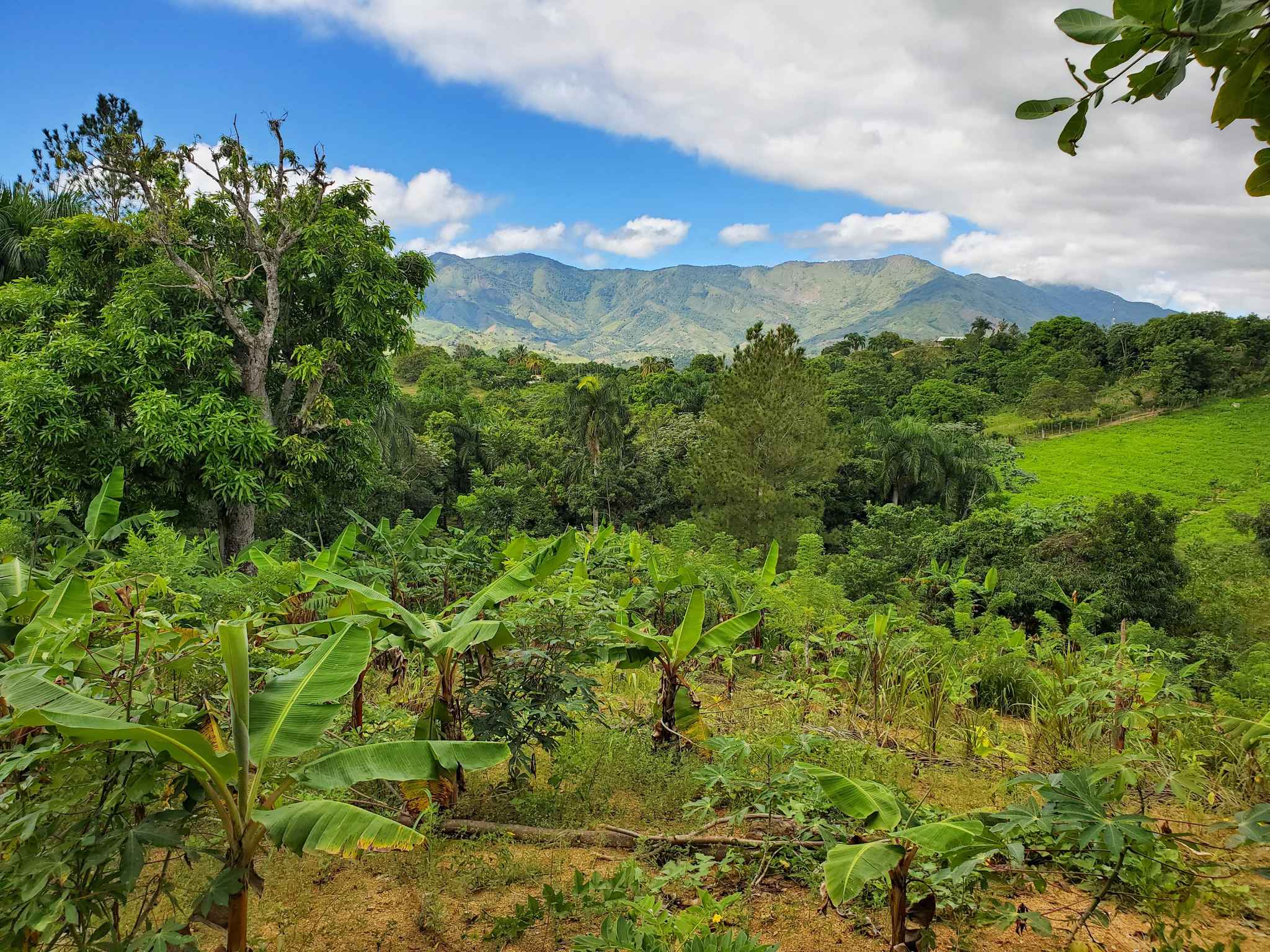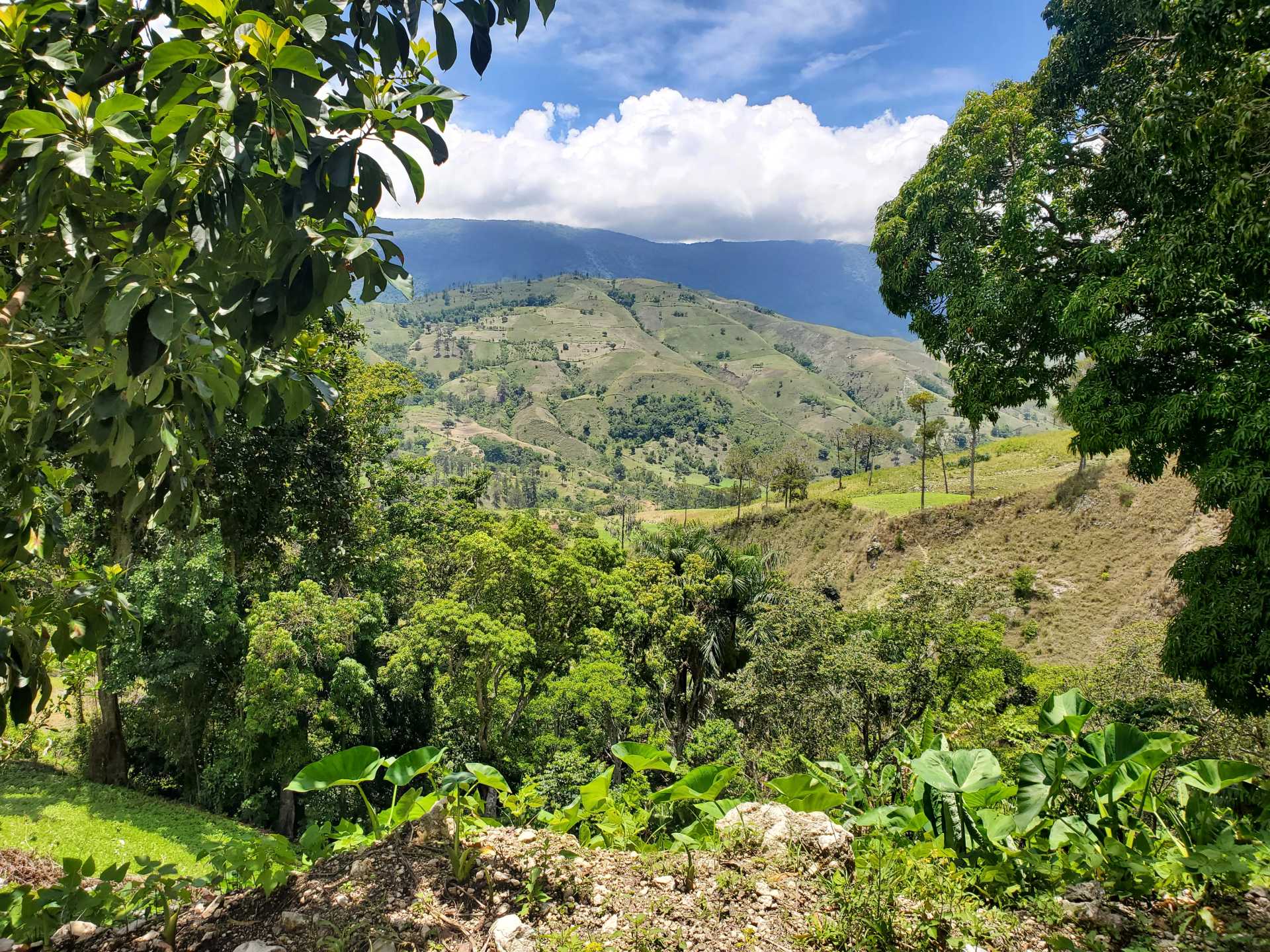


The countries
Dominican Republic
The Dominican Republic is located in the eastern part of the island of Hispaniola in the Caribbean. It is known for its beaches, landscapes, and warm hospitality. Currently, the main economic activities of the country are tourism and agriculture.
The Dominican Republic faces significant vulnerability to the impacts of climate change. Several factors contribute to this vulnerability:
Geographical location
The country's location in the Caribbean exposes it to extreme weather events, including hurricanes, tropical storms, and heavy rainfall. Its coastal areas are particularly vulnerable to flooding and storm surges.
Deforestation and environmental degradation
Rampant deforestation and unsustainable land use practices have weakened the natural resilience of the country's ecosystems. This exacerbates the impacts of climate change, leading to soil erosion, biodiversity loss, and agricultural challenges.
Water scarcity and droughts
Climate change can alter precipitation patterns and worsen water scarcity in some regions. Droughts can adversely affect agriculture, livelihoods, and access to clean drinking water.
Economic vulnerability
The Dominican Republic's economy heavily depends on agriculture, tourism, and other
climate-sensitive sectors. Any disruption caused by climate change can have significant economic consequences for the country and its population.
Sea-level rise and coastal threats
With a substantial portion of its population living in coastal zones, rising sea levels pose a serious threat to communities, infrastructure, and ecosystems. Coastal erosion and saltwater intrusion can affect agriculture, freshwater sources, and coastal biodiversity.
To address its vulnerability to climate change, the Dominican Republic is implementing adaptation and mitigation strategies. This includes promoting sustainable land management, reforestation efforts, enhancing coastal protection, and investing in renewable energy sources. Additionally, international cooperation and support are essential in helping the country strengthen its resilience and mitigate the impacts of climate change on its natural resources, economy, and communities.
Currently, the Resilient Caribbean Communities (CCR) project is being implemented in the Dominican Republic through:
- Centro Naturaleza (CEDAE): operating in the Northwest of the country in the municipalities of Villa Los Almácigos, El Pino, and Loma de Cabrera in the provinces of Dajabón and Santiago Rodríguez, heading south to the central foothills of the Central Mountain Range, near the border with Haiti.
- Enda Dominicana: working in the Southwest of the island, in the provinces of Elías Piña and San Juan de la Maguana, specifically in Municipalities of El Cercado, Vallejuelo, Hondo Valle and Juan Santiago on the north side of the Sierra de Neiba, directly on the border with Haiti.
Image gallery







